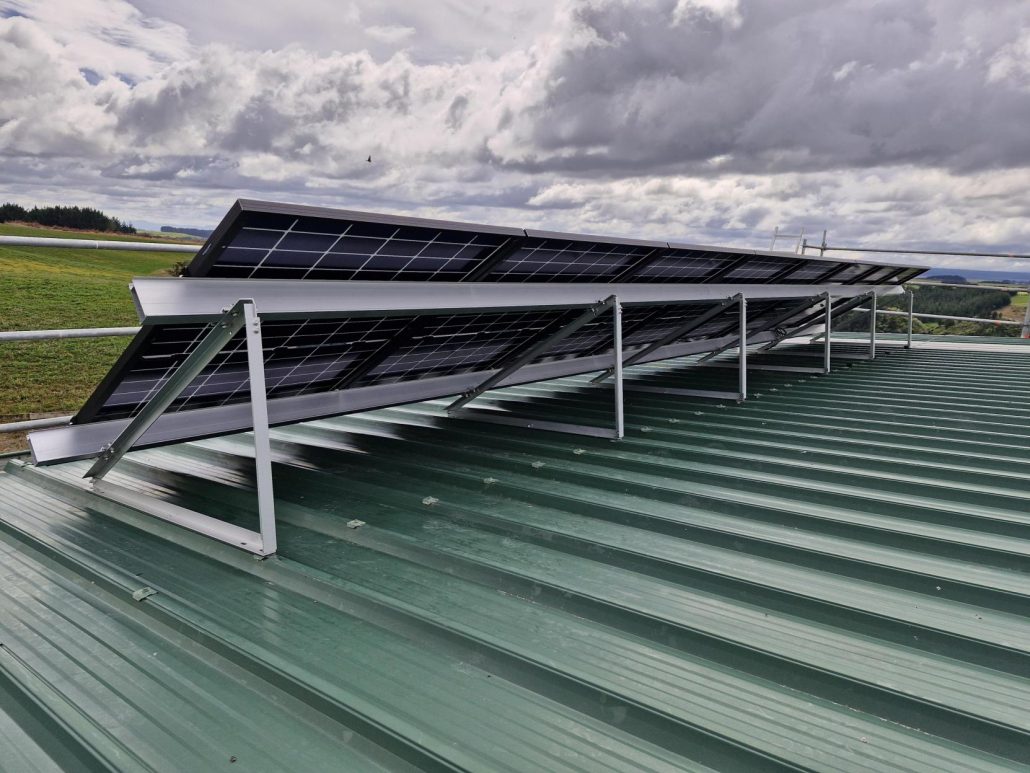Slash your power bills with solar
Thinking about cutting your energy costs and making your business more future-ready? Now’s the time to look into solar.
Solar power is a smart move for farms and businesses across New Zealand. Whether you’re running irrigation, cold storage, or processing operations, you know how unpredictable and expensive power bills can get. Solar gives you back control—helping you reduce your energy costs, rely less on the grid, and even earn from feeding extra power back into the network.
For many high-use operations, the system pays for itself in as little as 5–7 years.
Here’s why solar makes sense for industrial and farming businesses:
Why Go Solar?
- Cut Power Costs
Solar lets you generate your own power on site—reducing your monthly bills and your reliance on the grid, especially when peak rates hit. - Stay Ahead of Rising Prices
Electricity prices are climbing every year. With solar, you lock in savings and reduce your exposure to future price hikes. - Show You’re Serious About Sustainability
Investing in solar sends a clear message—you care about long-term success and doing your part for the environment. It’s a win for your business and your brand. - Long-Lasting & Low Maintenance
With no moving parts, solar panels are built tough for Kiwi conditions and need very little upkeep. Many come with a 25-year warranty—so it’s a long-term solution you can count on. - Keep the Lights On During Outages
Pair your solar setup with battery storage and you’ve got backup power when the grid goes down—ideal for essential systems like fridges, pumps or plant.
Government Support & Bank Finance
Right now, there are great support options that make solar even more affordable:
- Solar on Farms (EECA)
Free advice, technical support and finance options tailored for high-energy farms. - Investment Boost Tax Incentive
The new Investment Boost could allow you to claim an upfront 20% tax deduction on solar systems in year one, and depreciate the rest over time. - Low-Interest Loans
NZ banks are backing green business upgrades. For example: ASB is offering 5 years interest-free on up to $150,000 for solar and battery systems on rural properties. Available for new and existing ASB rural customers until 15 December 2025 (terms apply).Other banks are also offering low-interest green loans—talk to your provider about what’s on offer.
How to Get Started
- Give EAS a call on 07 834 0505 or flick us an email—we’ll sort you a no-obligation quote.
- Get in touch with your bank (like ASB) about low interest finance options.
- Talk to your accountant about claiming the 20% tax break and start saving from day one.
Don’t Wait—Get Ready for Summer Sun
There’s never been a better time to go solar. With strong returns, great finance options and summer around the corner, now’s the time to lock in a system that’ll keep paying off for years to come.
Ready to get started? Contact the EAS team today and let’s talk solar.





 Answers:
Answers:


